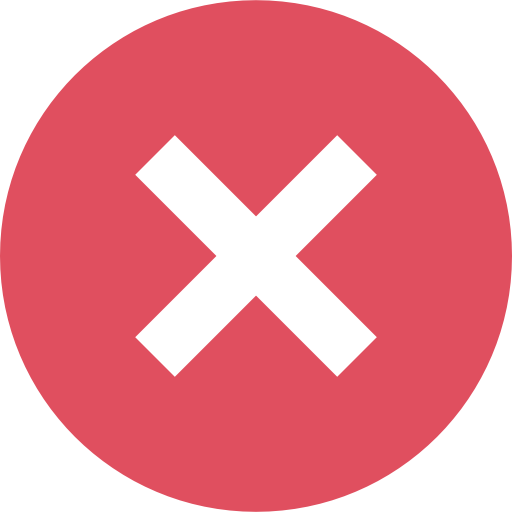The ability to think logically and analyse information quickly is essential for success. Teenagers who can boast of these skills are in a much better position to fulfil their potential. At first, the many formulas, axioms and laws of mathematics may seem daunting.
Do you dream of a career in the IT world? Actually, knowledge of programming for teenagers is already half the battle. But how do you showcase your skills so that employers and project managers can spot you among other candidates? The answer is a portfolio.
Why is it important?
With the growing competition in the IT industry, showcasing achievements and projects in a portfolio is becoming a crucial element in the job search for teens. Even if you are just starting your professional career, a competent portfolio will expand your opportunities.
Where to start?
- Choose the projects that interest you the most. Start with what you like or take as a basis the area you studied in a programming course for teens. It can be a website, an app, or even a game. Choose one or more areas of programming for teens that match your skill level.
- Create some basic code. Don't dive right into the complicated aspects of programming, as you risk making a lot of mistakes or not even finishing the job. Write basic code using your knowledge. For example, teenagers interested in web development can create a simple showcase website.
- Add some creativity. Employers like to see an out-of-the-box approach. Your projects should have something unique that will set you apart from many other job applicants.
How to present it?
First of all, teenagers need to collect examples of work that demonstrate basic knowledge and the ability to solve actual problems in a particular field. It is also important to send the portfolio correctly. Don't send all your work in a pile, but showcase the projects that best suit a particular vacancy.
- Create an attractive page. Special portfolio platforms are suitable for showcasing programming projects. Teenagers should pay attention to GitHub, GitLab, or other resources for web developers.
- Prepare project descriptions. It is important for teens to briefly but meaningfully describe what they did in each project. Explain what tasks your work solves and what programming technologies were used. Do it correctly, but do not overload the description with technical terminology.
- Check the legibility of the code. The written code should be easily read by the team with which teenagers will have to work. It's even better if even an HR manager can understand the programming result at a basic level. Teenagers' portfolios should be as clear, structured, and accessible as possible.
- Remember the details. Include screenshots, brief explanations of the programming process, and any additional materials that may be of interest to the employer.
- Tell us about yourself. Of course, the main task is to show your work. However, a little information about you, your skills, education, and experience is also important. This will allow employers to understand what kind of specialist you are and how comfortable it is to work with you.
- Keep the information up to date. If the data in the portfolio is outdated and there are not enough projects, it may give the impression that the teenager is not serious about programming. Develop new projects and update information about your skills. Remember that the world of programming is constantly changing, and employers appreciate the desire to develop.
What mistakes to avoid?
Teenagers who are interested in programming and are preparing a collection of materials demonstrating their skills for the first time often make mistakes.
- Anything too much is not healthy. A recruiter usually doesn't have time to review several dozen of your works in detail. That's why 3-6 well-designed projects are enough to give a general impression of your programming success. If necessary, teens can provide additional work during the interview.
- Start without completion. Even if you have some cool but unfinished projects, it's best not to share them. Choose finished works that best demonstrate your programming experience.
We advise teenagers to keep this guide to build a portfolio that will impress employers step by step. Dive into the world of programming and let your achievements speak for you!



 1
1

 2
2

 3
3

 4
4

 5
5






